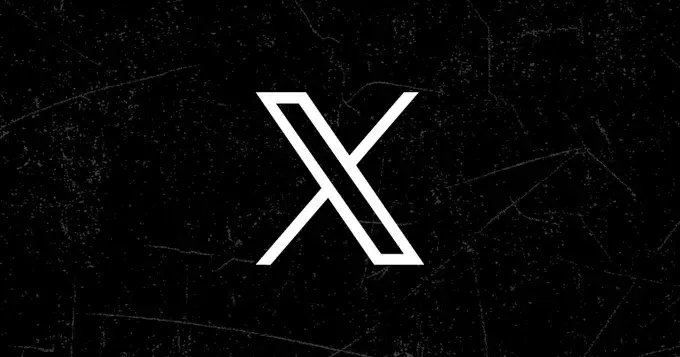X, formerly known as Twitter, recently faced backlash from advertisers due to concerns over ad placement alongside harmful or objectionable content. Despite X’s claims of providing maximum brand safety, incidents like Hyundai’s ad placement alongside pro-Nazi content have raised questions about the effectiveness of its brand safety measures. This article critically analyzes the challenges faced by X in maintaining brand safety amid its “freedom of speech, not reach” approach.
The recent incident involving Hyundai pausing its ad spend on X after discovering its ads next to pro-Nazi content highlights a significant flaw in X’s brand safety measures. Despite the denial by X regarding the prevalence of such content on its platform, reports by NBC and other independent analyses have found evidence of harmful material being promoted on the app. This not only raises doubts about X’s content moderation processes but also questions the efficacy of its ad placement controls.
One of the major challenges facing X is its 80% reduction in total staff, including moderation and safety employees. With fewer human moderators, X now heavily relies on AI and crowd-sourced Community Notes to enforce its content policies. However, experts argue that AI alone is not sufficient for effective content moderation and that human moderators are essential. A comparison with other platforms reveals that X has a significantly higher moderator-to-user ratio, indicating a lack of resources dedicated to content moderation.
Safety analysts have criticized X’s Community Notes, stating that they are not effective in enforcing content policies. The parameters around how notes are displayed and the time it takes for them to appear leave significant gaps in X’s overall enforcement. Moreover, Elon Musk’s apparent preference for minimal moderation raises concerns about misinformation and harmful content proliferating on the platform unchecked. Musk’s influence as the most-followed profile on the app further complicates the situation, as his engagement with conspiracy-related content can amplify false information.
Despite X’s claims of a 99.99% brand safety rate, concerns over ad placement alongside objectionable content continue to surface. Advertisers like Hyundai have raised issues with X, leading to further scrutiny of its brand safety measures. The recent apology issued by ad measurement platform DoubleVerify for misreporting X’s brand safety rates adds to the skepticism surrounding X’s ability to ensure brand safety for advertisers. The repeated incidents of ads being displayed alongside harmful content suggest a systemic issue that X needs to address urgently.
X’s brand safety measures are facing increasing scrutiny due to concerns over ad placement alongside objectionable content. The platform’s reliance on AI and community moderation, coupled with staffing challenges and the influence of key figures like Elon Musk, poses significant risks to brand safety. As advertisers demand greater accountability and transparency, X must reevaluate its approach to content moderation and ad placement to rebuild trust and ensure a safe environment for all users.


Leave a Reply